
OR
Opinion
New Coalition Govt: Policy or Office Seeking?
Published On: December 30, 2022 09:30 AM NPT By: Hrishita Badu
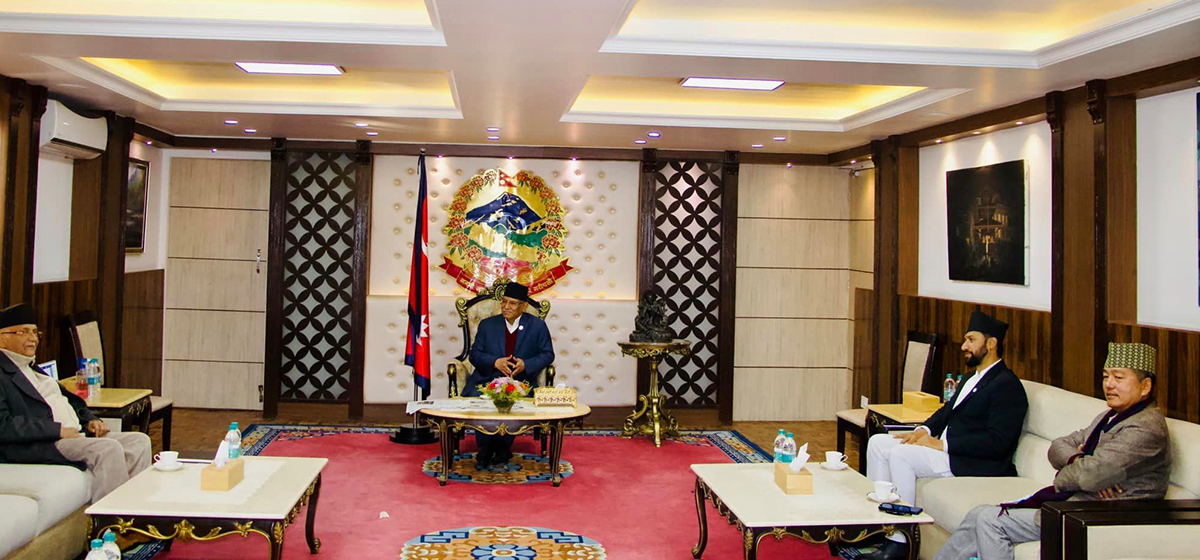

Hrishita Badu
The author is a graduate student of International Relations at the University of Chicago, USA.news@myrepublica.com
More from Author
Despite their past ideological and organizational differences, the fact that Dahal and Oli have reunited has led many to question whether the coalition is driven by opportunism rather than a shared vision or policy agenda.
Nepal's experimentation with coalition governments is not new. However, the recent formation of the coalition government led by Pushpa Kamal Dahal, also known as Prachanda, has garnered significant attention due to the unexpected nature of the event. Despite winning only 32 seats in the November 20th general election, the Communist Party of Nepal (Maoist Centre), after breaking off their existing coalition with the Nepali Congress (NC), was able to secure the support of seven other parties, including the opposition Communist Party of Nepal- Unified Marxist Leninist (CPN- UML) and the newly-formed Rastriya Swatantra Party (RSP). This development has raised questions about the motivations behind the coalition's formation and its potential implications for the country.
One factor that has contributed to the surprise surrounding the formation of the new ruling coalition is the tumultuous history between the Maoist Center and the UML. In 2017, the Maoist Center and the UML merged to form a single-party government of the Nepal Communist Party (NCP). However, the government and parliament were subsequently dissolved after UML leader KP Sharma Oli failed to fulfill his promise to transfer power to Maoist Center leader Dahal. Despite their past ideological and organizational differences, the fact that Dahal and Oli have reunited has led many to question whether the coalition is driven by opportunism rather than a shared vision or policy agenda.
Furthermore, the formation of the coalition government has raised concerns about the reliability and stability of Nepal's political system. The country has a history of coalition governments, often characterized by disunity and power struggles between the major parties- the NC, Maoist Center, and the UML. This has contributed to political and economic instability in Nepal and has led many citizens to view these coalitions as being motivated primarily by the ambition of their leaders rather than a desire to prioritize the country's pressing concerns.
The inclusion of the RSP in the ruling coalition has also sparked curiosity among political observers. The RSP, led by renowned TV journalist Rabi Lamichhane, ran in the election as a progressive alternative to the existing traditional parties. Their decision to join the coalition rather than remain in the opposition and hold the ruling party accountable has raised questions about their motivations. However, a central committee member of the RSP, Arnico Panday, addressed these concerns and assured that the decision was highly debated and voted upon and that the RSP chose to join the coalition to bring about change from within the government. Lamichhane, who has now been appointed as a Deputy Prime Minister and Home Minister, also justified this decision by stating that there was a consensus among the ruling parties to form a commission to investigate corruption issues before his party decided to join the government.
The intentions behind the different parties joining the coalition are still unclear; theories of coalition formation, such as the office-seeking theory (proposed by William Riker) and the policy-seeking theory, can provide some assumptions about party behavior. While it has not been established empirically in the context of Nepal, the existing literature suggests that formateur parties (such as the Maoist Center and UML) may be driven by motives of office-seeking and are "willing to surrender a portfolio or two to obtain the support of a small coalition partner which is no threat to their leadership position." On the other hand, non-formateur parties (such as the RSP) may be looking for a policy-oriented coalition to convince their electorate that working with a governing coalition will promote their policy goals. In this case, the RSP’S goal of investigating corruption could have been a driving factor in their decision to join the coalition.
Overall, the formation of the coalition government in Nepal has sparked significant debate and scrutiny among citizens and political analysts. While the coalition accommodates a diverse range of parties and ideologies, it is too early to determine whether this compromise will result in positive changes or simply perpetuate the trend of power being cycled among key actors in Nepali politics. The potential implications of the coalition government remain uncertain, and its success or failure in practice will be closely observed.
You May Like This
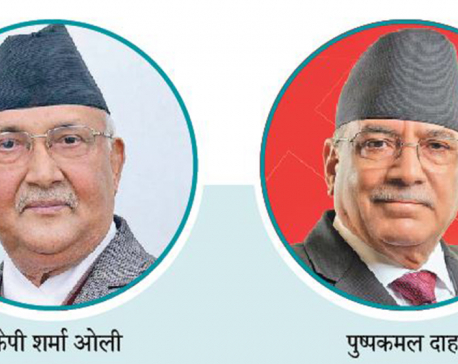
UML to cooperate with Maoist Center to form new govt if the latter severs ties with NC
KATHMANDU, Dec 24: While the largest party Nepali Congress (NC) is making internal preparations to form the government, its coalition... Read More...
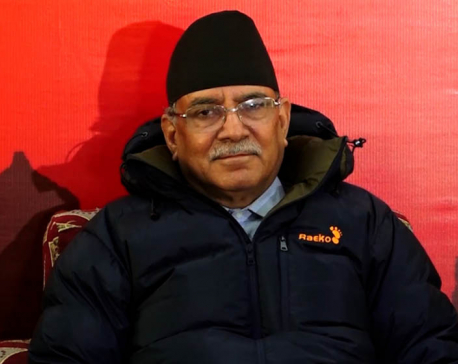
Maoist Center Chairman Dahal holding press conference at 1 PM today
KATHMANDU, April 18: Chairman of the CPN (Maoist Center), Pushpa Kamal Dahal is holding a press conference about local level... Read More...
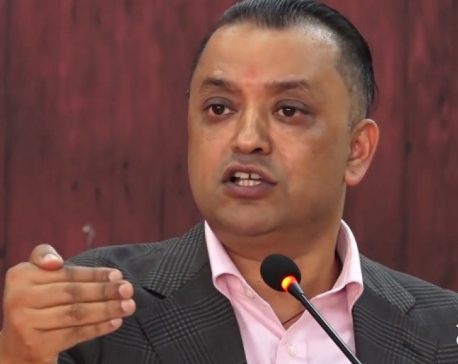
NC will put UML in its place: Gagan Thapa
KATHMANDU, Nov 28: Nepali Congress leader Gagan Thapa has said that his party will put all the leaders of CPN-UML... Read More...




Just In
- National consultation workshop advocates to scale up nutrition smart community in Nepal
- Patan High Court issues short-term interim order to halt selection process of NTB’s CEO
- NEPSE inches up 0.15 points; daily turnover increases to Rs 2.53 billion
- Bagmati Govt mandates tri-lingual signboards in offices
- Inferno destroys 70 houses in Mahottari
- Health ministry urges precaution against heatwave
- Jhapa road mishap update: Three deceased identified
- Japan hands over Community Center for Disaster Prevention to Indrawati Rural Municipality











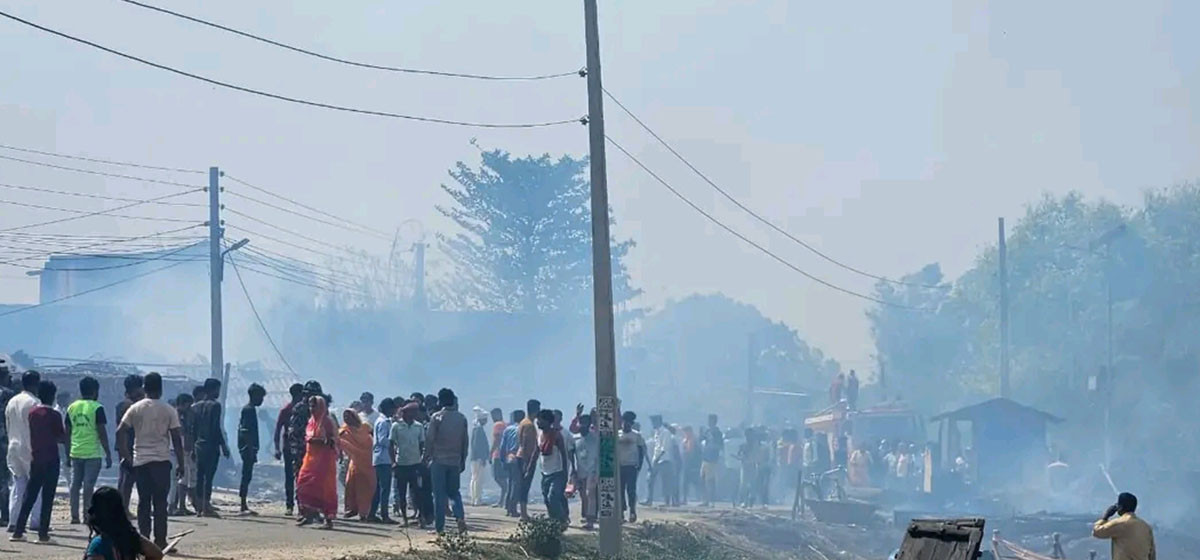


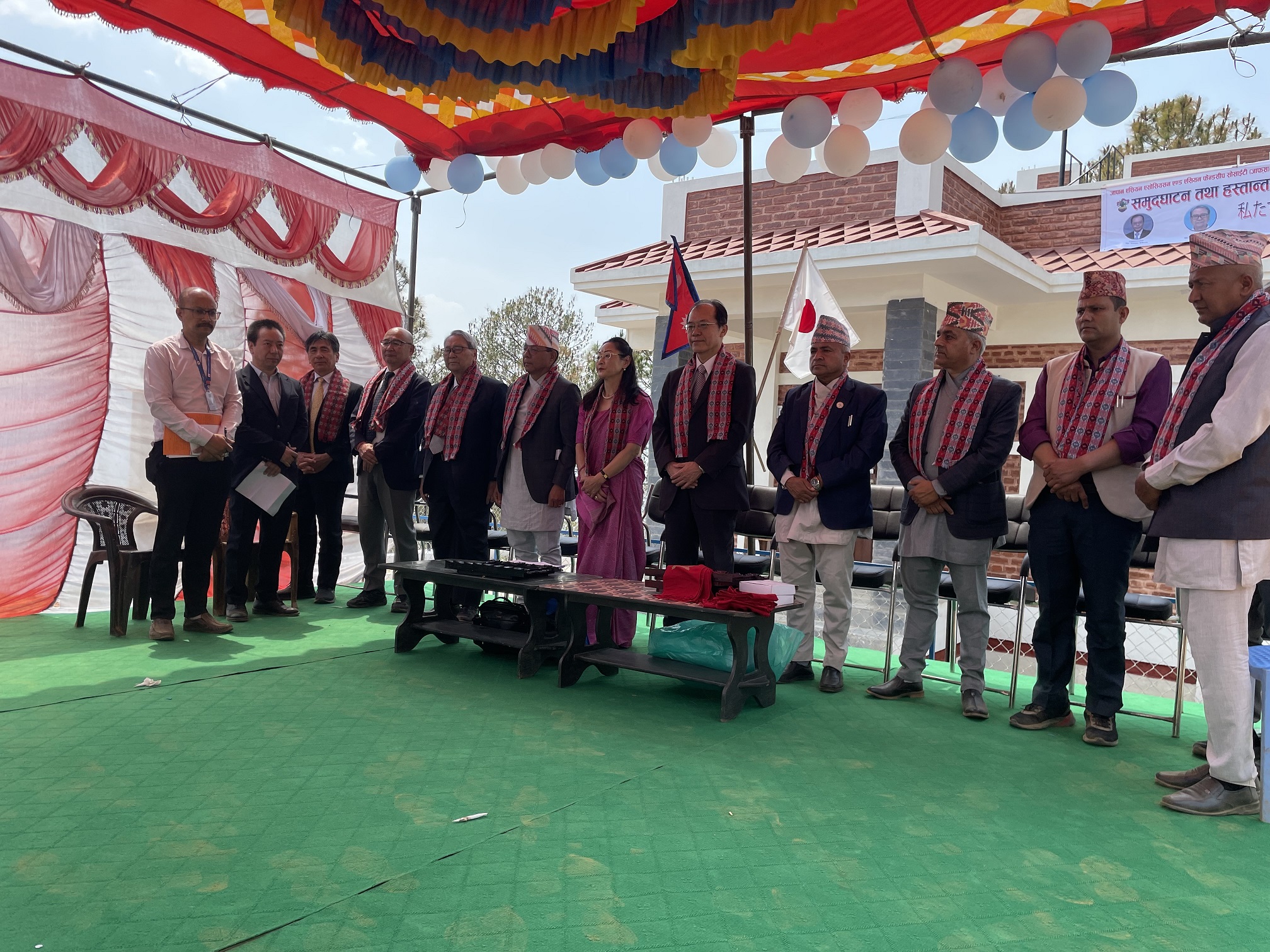
Leave A Comment